With the spring, when Coronavirus closed everyone to their homes, natural and wildlife had the opportunity to come to life. This awakening made itself felt very much in the city, on the roadsides, in parks and vacant lots.
I am very pleased that the wild flowers caught my attention in the corona rush. One of the most interesting developments was the resurgence of wildlife, whether it was just wildflowers, worms, insects, maggots. With the spring, when Coronavirus closed everyone in their homes, natural and wildlife had the opportunity to come to life. This awakening made itself felt very much in the city, on the roadsides, in parks and vacant lots.
The existence of wildlife is a blessing for humanity!
This situation, which is wild for us, has an aspect that concerns us all.
The existence of wildlife is a great blessing to mankind. With the Coronovirus, we have an opportunity to understand the dimensions of the flora and fauna, which we have held for years as ecological balance, but which we blindly let to disappear.
Albert Einstein has a well-known saying about bees: "Without bees, life on earth will end in 4 years". Actually, there is a more terrible truth. If there were no insects, weeds, and wildflowers, life would cease in 12 months.

What a Chinese movie teaches!
A few years ago, I watched a documentary-like Chinese movie called Wolf Totem. After the Cultural Revolution, in 1967, a student from Beijing is sent to live with and educate a group of herders in Mongolia.
For the student, this journey becomes a unique experience in which he will escape from the city life, be alone with nature and experience life for the first time as a one-on-one witness to the rules of nature.
He meets the true meaning of concepts such as freedom, responsibility, fear, and witnesses the surprising relationship developing between wild wolves and humans in this traditional tribal life. But it is precisely at this time that a problem erupts: a government official comes to the camp to exterminate the wolves in the area.
The government official's view is this: If the wolves are destroyed, the number of sheep and gazelles increases. Villagers, on the other hand, oppose this approach. There is a balance in nature. Among wolves, gazelles, sheep, peasants and even the grass, this balance walks in harmony.
The old leader of the village conveys this balance and the philosophy of life in the camp.
On a snowy day, wolves patiently follow gazelles. And they attack at the most appropriate time, when the gazelles are well fed and have difficulty in escaping.
The next day, the people of the oba, who came to the scene, found that the wolves ate enough gazelles to be full, and that the rest were buried under the snow. They take what they need and leave the rest for the wolf cubs that were born in the spring.

The Chinese student cannot hold back: how cruel these wolves are, they have killed so many gazelles.
The old man narrates very calmly:
It is the gazelles that are really cruel. They eat and consume all the herbs. Around here weed is life! It is big life as well. The continuation of other small lives also depends on the big life.
If the gazelles are so terrible, why did you save them and set them free?
This time the wolves killed a lot. We have to keep enough gazelles to eat next year. Otherwise, they will attack our sheep. If you kill wolf cubs, the wolves will become spiteful, they will attack. The lack of wolves causes the reproduction of squirrels and beavers that cause more damage to the soil.
We must have totems too!
This is what we call ecological balance. Most of us find it difficult to understand this in our daily rush, pushed by our urgent needs.
Of course the Wolf Totem rules do not apply around most of us. But our environment also has totems, it must be. We need a long experience to realize them.
Here, wildflowers, weeds, insects we do not know in the gardens or the sound of a bird we hear for the first time on the tree opposite our house should make us look at the subject.
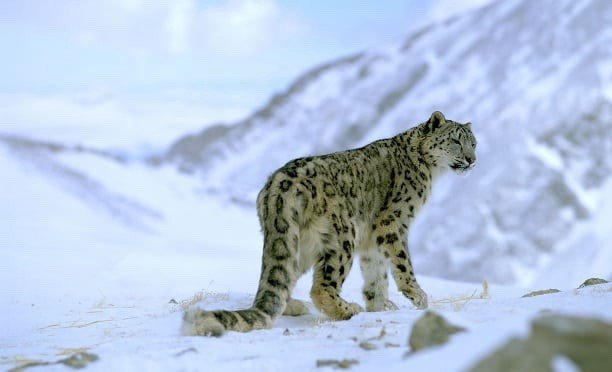
How is humanity destroying the planet?
According to the research published in the journal "Proceedings of the National Academy of Sciences", the number of people approaching 8 billion constitutes 0.01 percent of all living things on earth in mass. However, since the first day of its emergence, humanity has led to the extinction of 83 percent of wild animals and half of the plants on the planet.
According to the news in the Guardian newspaper, bacteria make up 13 percent of biomass in the world, while plants are the most crowded group with 82 percent. Its biomass is like this, but there is no clear data on their numbers.
According to the World Wildlife Fund (WWF) experts, the world is facing a new era of rapid extinction of living species. 99.9 percent of the living species that previously lived on earth are now extinct.
Noting that the extinction rate is 0.01 percent each year, experts state that although it is assumed that there are 100 million different species in the world, with this extinction rate, 10 thousand species are extinct every year.
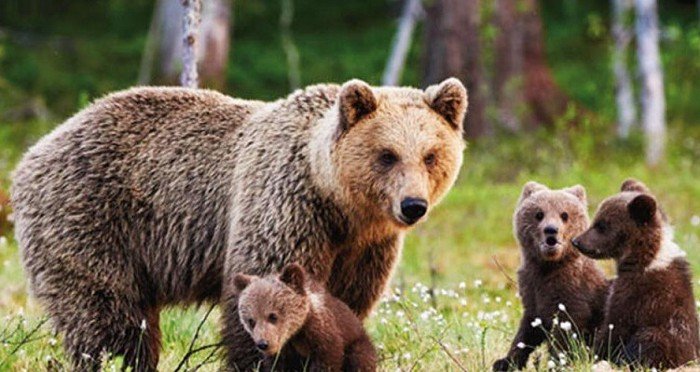
Extinction of wildlife!
More detailed information on wildlife has recently begun to be published.
Did you know that Britain lost 97 percent of its wildflower meadows in less than a century, and roadside thresholds were particularly hard hit?
Rare wildflowers and dwindling bee populations have been talked about since ancient times. Recently, many city councils have announced that wildlife has begun to improve due to the fact that the roadside grass has not been cut as a result of the "Stay Home" practice.
Flintshire, Lincolnshire, Newcastle, Norfolk and Somerset. It is among a growing number of city councils that are “delaying scaling up or threshold mowing”. Some local officials, such as Devon, agreed that this should be done later and less frequently.
Roadside green spaces are one of the last shelters for many plant species destroyed by the conversion of natural meadows into farmland and residential sites. These narrow strips of grassland house 700 species of wildflowers in about 45 percent of Britain's total flora. I wish every city municipality would do a research on this subject in every country.

Urbanization and uniform agricultural practices
Unfortunately, there is limited research on wildlife around the world.
Since 1970, urbanization and uniform farming practice is one of the main reasons why the number of farmland birds in Britain has halved. The decline figures of some show the extent of the disaster.
In the past, every child saw chicks feeding on insects, these images are a thing of the past for the new generation. The gray partridge, which feeds on insects, was once abundant in its fields. The enchanting spotted flycatcher, an expert hunter of flying insects, is now reduced by more than 95 percent. The red-backed spider, which feeds on large insects in England, became extinct in the 1990s.
It shows that cars and trucks in the UK kill 100,000 hedgehogs and as many foxes, 50,000 badgers, 30,000 deer, barn owls and many other species of birds and insects annually.
All vehicles traveling intercity in Australia put a barrier panel on the front of their vehicles to prevent damage from the impact of wild animals. At the end of the trip, I personally witnessed those who boasted about the number of kangaroos that were killed as 7 or 9.
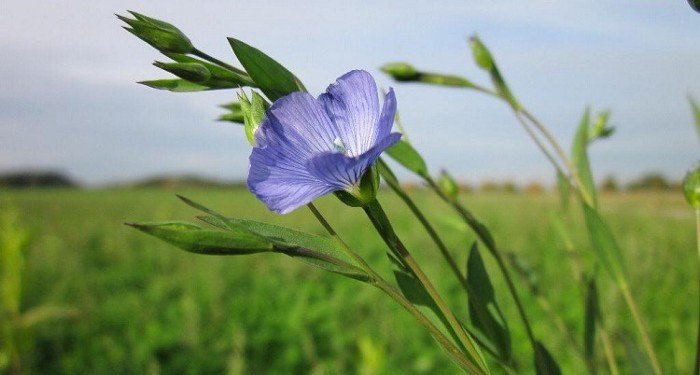
Panacea herbs!
People who used to drive know. During intercity travel, you would see the traces of thousands of flies and insects on the windshield and headlights of the vehicle. Now you can witness that these traces are decreasing.
Let me give an example of bees because it comes up frequently: Like many creatures in nature, bees can find medicines that will cure them themselves. However, it is estimated that he collected these drugs, which we do not know but know, often from endemic plants or flowers of weeds. That is why cats and dogs frequently eat some grass in parks.
Unfortunately, industrial cultivation policy promotes monotonous crops. As in America, soy and corn fields cover almost one third of the country's agricultural area. This means wiping out wild plants and endemic plants.
We must protect our endemic existence, and we must strive to protect wild plants in ecological balance.
Otherwise, bees and thousands of unfamiliar creatures run the risk of not finding the pollen varieties or plant extracts they need. This is one reason bees have been dying more and more in recent years.
For this, let's sow wild plants wherever we can find them, on the balcony, in pots, in the garden or at the edge of our fields, and keep the endemic plants.
Wildlife carries more wealth than you can imagine. For example, butterflies and moths cannot exist without caterpillars. There are many such balances.
American biologist Terry Erwin conducted a five-year experiment to count insect species. He removed and identified all the small creatures in the canopies of Luehea Seemannii, a tropical tree species in the rainforests of Panama. It recorded nearly coleoptera (insects) and about 1200 distinct species, many of which are new to science. It determined that 163 of them were found only in Luehea Seemannii.
It is estimated that there are about 50 thousand tropical tree species. If this figure 163 is sampled for all other trees, it can be said that there are more than eight million species of insects in the tropical rainforest bottoms alone. Since insects make up about 40 percent of all arthropods, if we take insects and groups that include other creepy reptiles from spiders to millipedes, we can talk about 20 to 30 million living species in total at the bottom of the rainforest. What an enormous wealth!
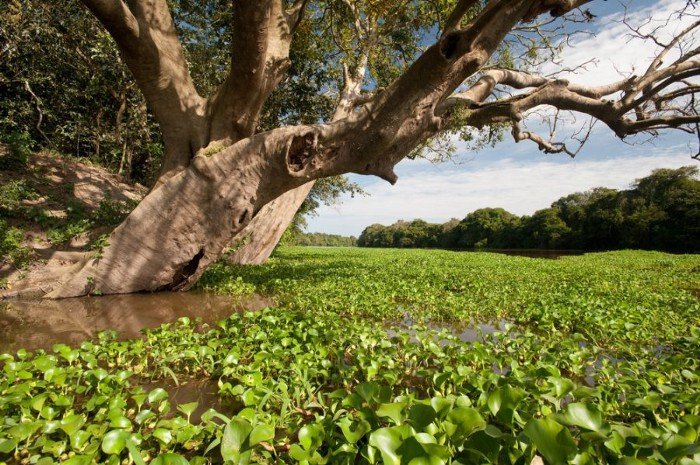
Rainforest
The balance in the rainforests must also be maintained in terms of pandemic risks. Whether it is HIV, Sars or Ebola, all outbreaks are beginning to spread from regions where the ecological balance is disturbed. Let's not forget that wildlife is also associated with threats such as Coronavirus.
It is estimated that there are more than 24 thousand insect species in the UK alone. It can be said that these are approximately 4 thousand insects, 7 thousand fly species, as well as lesser known species such as bees, wasps and ants.
Bats inseminate the most after bees
Talking about Wildflowers is fun, but you may not like talking about insects or maggots. Probably, cockroaches are beneficial creatures, even though they are bats. It can even be said that bats are the most inseminating creatures after bees. But we do not show our sympathy for ladybugs and butterflies to other wild animals.
Even wildlife lovers and related organizations have focused on vertebrates, fur and feather creatures, and especially the "charismatic megafauna". As if there were fewer bugs in the world, there are many people who would be happy.
Unfortunately, there is no inventory of wildlife, nor is it possible to monitor and measure insects, maggots and weeds. Probably, an article that approaches the subject in this way has never been written up to now. Hopefully, we'll be more sensitive to all aspects of wildlife with wildflowers from now on.
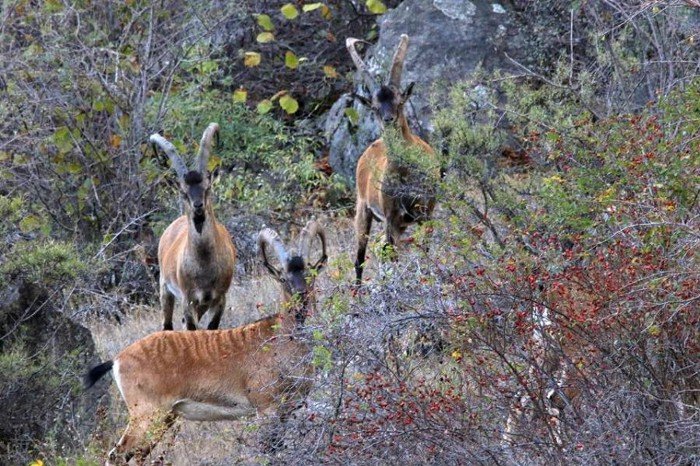
Wildlife must be indispensable!
If you cannot taste the vegetables and fruits you eat as before, know that it was grown in a worm-free soil. If the mutton is not in its old flavor, the old weeds are no longer left on the pastures he collected. If you do not hear the old birds singing at the picnic, they are extinct or their migration routes have been cut.
Wildlife should be indispensable for all of us and placed at the top of sustainability understanding. If your desire to bring a bunch of wildflowers to someone you love arises, don't forget this post!